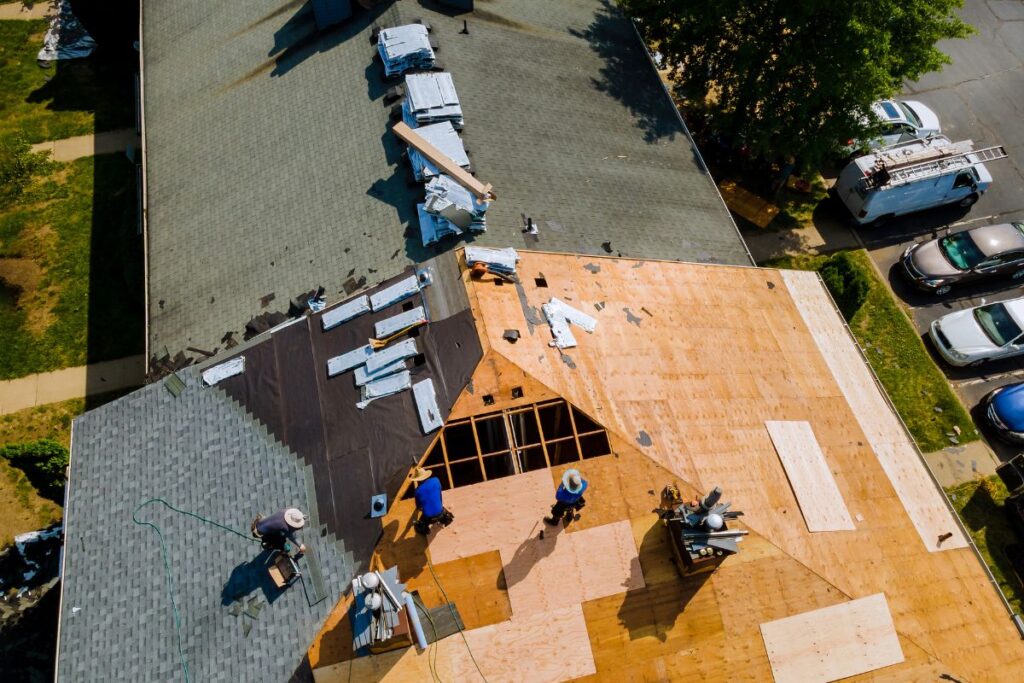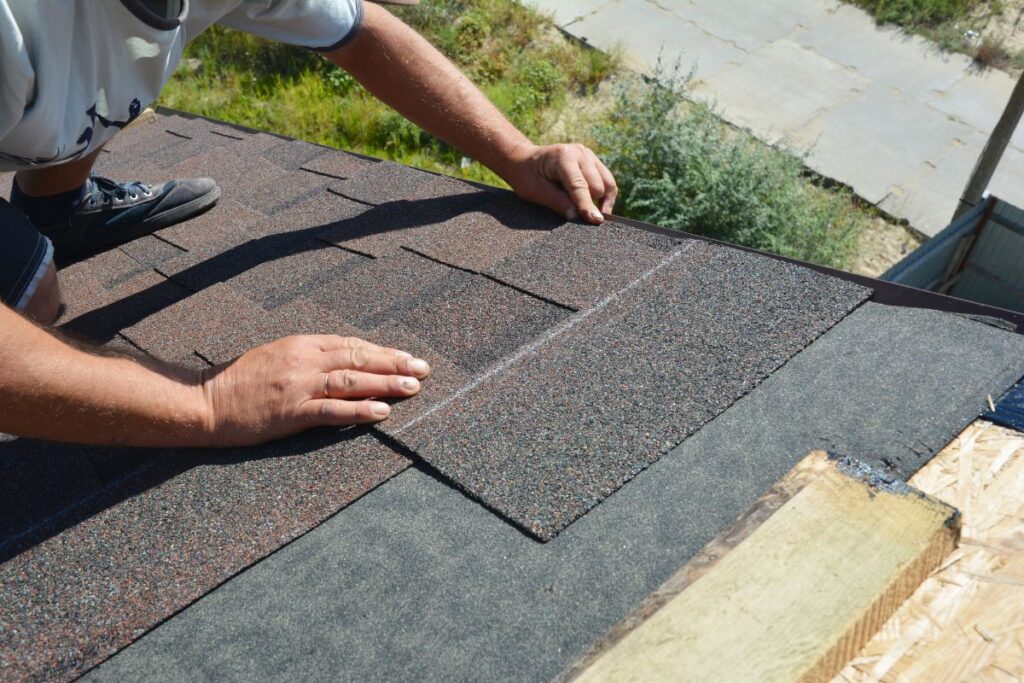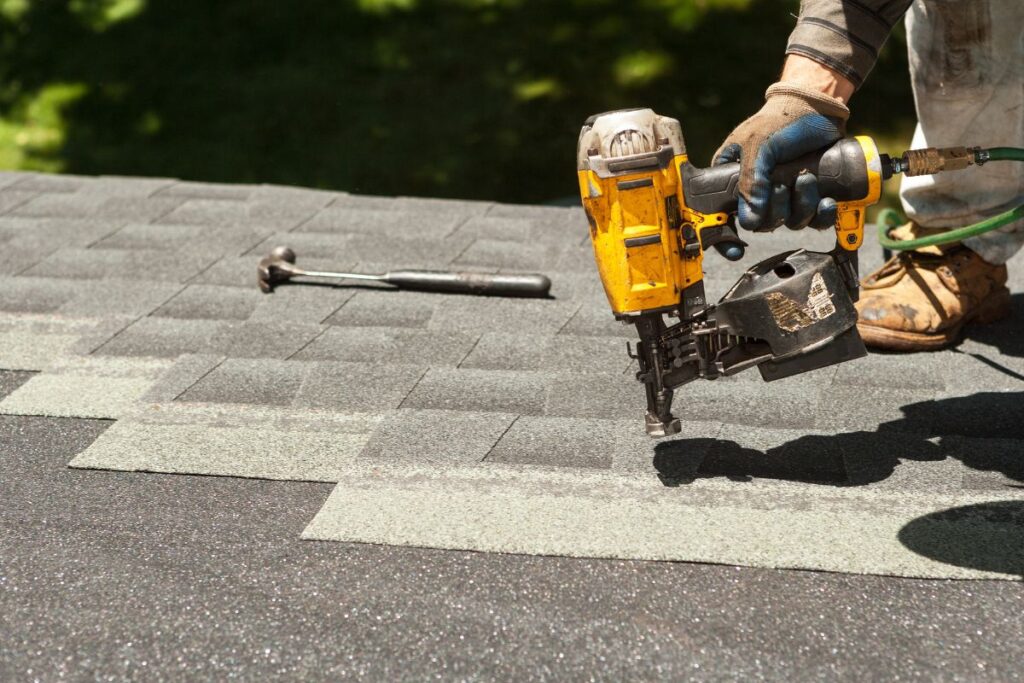Roofing shingle replacement is a crucial part of home maintenance. With the right tools and steps, you can replace your shingles like a pro. Here’s a simple 10-step guide.
- Gather Your Tools
To start, you’ll need the right tools. This includes a shingle remover or roofing shovel, hammer, roofing nails, utility knife, and of course, replacement shingles.
- Safeguard Your Surroundings
To prevent damage to your garden or pathways, consider using tarps to cover these areas before you start removing the old shingles.
- Remove the Damaged Shingles
With your shingle remover or roofing shovel, start removing the damaged shingles. Be sure to also remove any leftover nails.
- Inspect the Roof Deck
Once the old shingles are removed, inspect your roof deck for any signs of damage. If you find any soft or rotted wood, you may need to replace those sections of the deck.
- Install the Underlayment
Roll out your underlayment material (usually roofing felt) across the exposed roof deck. This helps provide an extra barrier against water.
- Lay the Starter Shingles
Lay your starter shingles at the lower edge of your roof. These special shingles ensure proper water runoff and help prevent wind uplift at the edge of the roof.
- Install the New Shingles
Starting from the bottom edge of your roof, begin installing your new shingles. Always work from the bottom up to ensure proper shingle overlap. Use roofing nails to secure them.
- Cut Shingles to Size
When you reach the end of a row or the ridge of your roof, you may need to cut shingles to fit. Use your utility knife for precise cuts.
- Install the Ridge Caps
Once all of your field shingles have been installed, you’ll need to install ridge cap shingles at the peak of your roof to provide a clean, finished look and additional weather protection.
- Cleanup
Finally, cleanup is a crucial step. Be sure to pick up any nails or scrap shingle material that ended up on your ground or in your gutters.
This guide will help you get started with your shingle roof replacement project. Always remember that working on a roof can be dangerous and if you’re not comfortable doing it yourself, consider hiring a professional roofing contractor.


